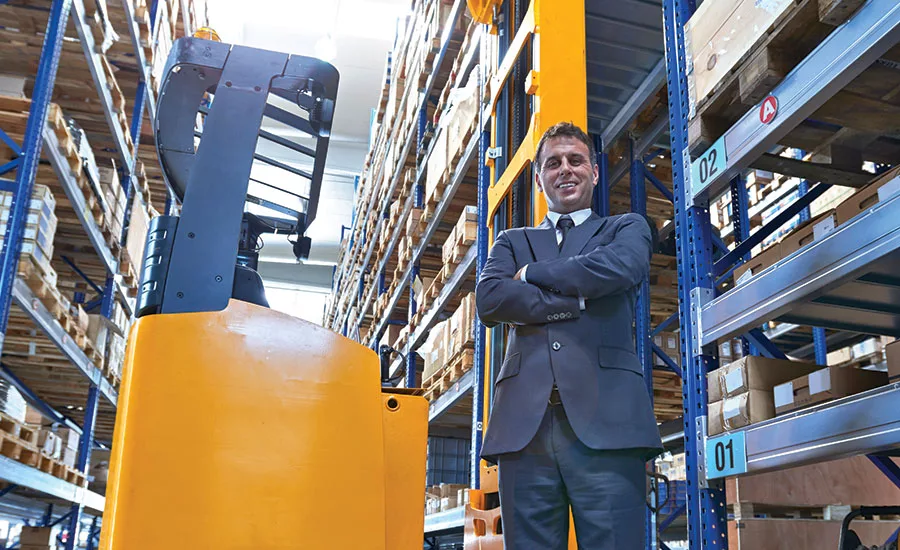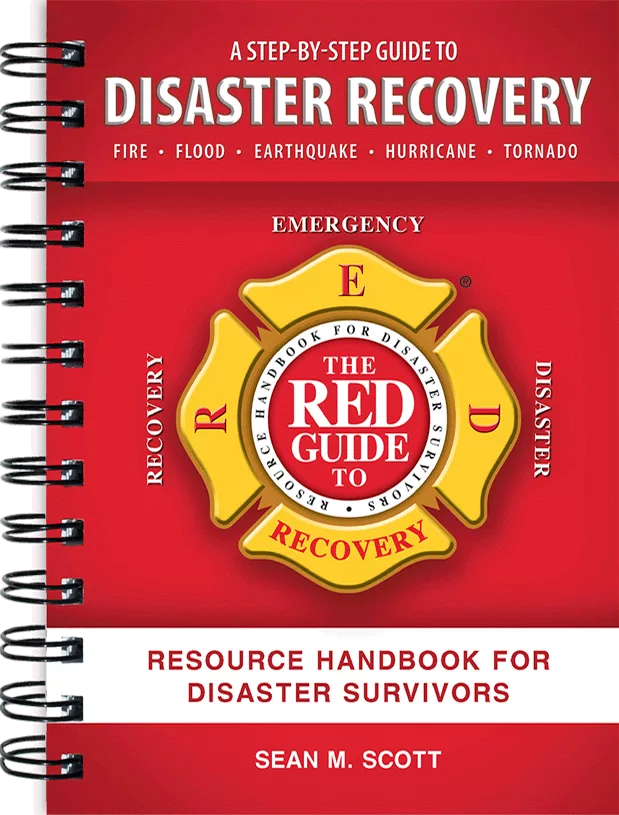Special Section: Prepping for Disaster
Creating a Scalable Restoration Business


Restoration is one of the most unpredictable businesses in the modern economy. Contractors will often go days, or even weeks, without seeing a new and legitimate job opportunity. Then, without warning, generally at 4:30 on a Friday afternoon, the phone will start ringing and the backlog of jobs will pile up two, three, or four at a time. This will go on for days until it just stops again. In most regions of the country, these surges are related to weather events, giving the business something of a seasonal pattern. Even so, some winters and storm seasons are worse than others, making it very difficult to plan and predict the appropriate amount of resources necessary to meet the demand.
Despite the capricious nature of this business, it continues to draw the attention of private equity firms, venture capitalists, and even vertical market investors, because it is considered to be stable over the long term. This is mainly due to the security of the insurance claim benefits associated with the projects. This funding, coupled with deep gross profit margins, makes financing operating costs through leveraged receivables attractive to investors. In other words, restoration companies present less risk and higher returns to the bottom line than companies in other industries.
Maintaining that return on investment over the long term involves two key things: conserving cash, and scaling the operation to maximize opportunity during those short intervals when demand is high. One can even argue that building a cash reserve is tied to a company’s ability to scale its operations. To accomplish this, it is critical that short-term increases in revenue cost less to deliver than current ones. The secret to converting this opportunistic profit harvesting into cash is in the link between variable and fixed cost.
Labor, for example, is a variable cost of sale. As the amount of work increases, so should direct labor cost. For most companies, this means hiring more people. However, when we consider the fixed costs linked to the increase in staffing (benefits, burden, vehicles, tools, etc.) what we find is that those costs often outweigh the profits produced by short-term spikes in revenue. Consequently, it takes a company longer to realize a return on that investment in staffing. The solution is scalability.
There are a number of ways to break the link between variable cost of sale expenses and fixed ones. The easiest and most influential way is to target direct labor costs. Employees represent the largest and most costly resource to any service business. Utilizing subcontractors in lieu of employees can be a huge cost savings for contractors. On a project-by-project basis it might mean sacrificing a few points in gross profit margin. However, in the long run, the overall net margins will be higher because the company bears no burden of the associated indirect and fixed costs. A short list of other benefits includes greater overall capacity, specialization of the trades, targeted marketing, reduced risk, and differed liability.
Subcontracting is just one way of curbing the long-term financial commitment to direct labor. The use of part-time employees is another. More and more companies are experimenting with part-time employees and seeing great results. A labor force of semi-skilled workers who enjoy physical activities and variety in their work day, and are looking to make supplemental income, is a perfect match. Prime candidates in this arena include college students and retirees. Seasonal employees are also a great fit for the short-term demands of the business, as are trade contractors whose busy seasons offset those of restoration. These can include, but are not limited to, roofers and landscape contractors.
Yet another great supplemental workforce is made of temporary employees. These can be sourced through local and national agencies who specialize in trade labor forces or through labor brokers who have a niche in providing large numbers of skilled laborers on a project basis. In either case, the contractor needs to be sure there is effective vetting mechanisms in place to weed out undesirable candidates. These can include background checks, drug screening, and I-9 employment verifications. Proper insurance coverages also need to be in place.
Beyond the labor components, savvy operators are targeting methods of material and supply procurement that allow them to reduce both the burden of carrying large inventories and the handling costs which go along with multiple trips to suppliers. By using volume buying leverage, more and more companies are negotiating on-demand deliveries to job sites and material staging arrangements with vendors. Some supply companies will even set up a virtual Just In Time (JIT) inventory through automatic reorder points or regular stock checks by dedicated sales representatives. Even if the cost of the product is slightly higher, there are still back-end savings in labor costs for the restorer, not to mention the cash flow advantages of not having to lay that money out for an extended period of time.
Additional indirect cost savings can be realized through the use of vehicle and equipment rental. Many restoration companies have more drying equipment and larger vehicle fleets than are necessary as, driven out of the fear that they will not be able to service the demand during a surge, they purchase rather than rent. We hear owners and managers rationalize this decision by claiming they could have purchased 50% of the assets they rented for the same amount of money. But then they are stuck with 50% more equipment than they need while increasing their cost of sale by 2.5% through increased repairs and maintenance costs. I have found the most profitable solution to this dilemma is to maintain vehicle and equipment levels necessary to service the average demand over the course of a rolling 18-month period of time. I would also recommend companies leave the other 52.5% of the money generated during surges in the business until they have a reserve cash balance greater than 60 days of operating expenses. Once the reserve cash balance reaches this point, they can consider asset acquisitions based on the 18-month rule.
The last and most time-consuming strategy in creating a scalable operation involves establishing a network of strategic partnerships with other restorers who are just outside the company’s local market. If four to six partners can be identified who are within an eight-hour drive of the company, that company will generally have access to more resources. This also gives restorers a reliable and qualified solution to meeting short-term spikes in demand. The time-consuming part of this strategy involves the due diligence work behind establishing these partnerships. I recommend these agreements be documented in writing prior to execution and revisited on an annual basis regardless of how close the professional or personal relationship is. I have seen too many friendships ruined because verbal and handshake deals were not upheld.
Creating a scalable operation is not an easy venture. It takes a tremendous amount of time in research, analysis, and negotiation. The benefits, however, are unmistakable. The results generated from the effort to build it right create economies of scale necessary to capitalize on surges in work and catastrophic events, while reducing the company’s overhead burdens and spreading the risk and liability exposure to other parties. All of this while freeing up surplus cash already moving through the business—and who couldn’t use a little more of that?
Looking for a reprint of this article?
From high-res PDFs to custom plaques, order your copy today!









